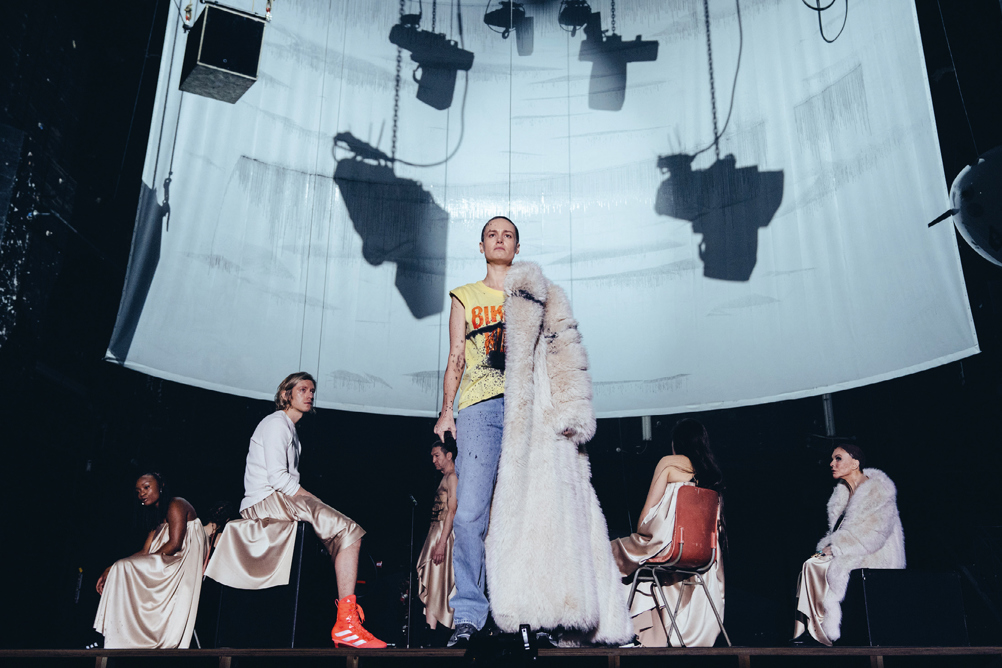In each issue of D&T, we bring you a guide to a play to study with your students. Here, Rebecca Thompson discusses the potential of teaching this infamous Greek tragedy.

Sophocles’ Electra interrogates the human condition, centring on a family feud and the eponymous character's desire to avenge her father's death. The myth of Electra captured the imagination of not only Sophocles, both Euripides and Aeschylus covered versions of it. In the 2004 Nick Hern Books version of the play, McDonald and Walton suggest it is likely that the first audiences watching the ‘Electras’ would have known the varying versions, captivated by the differing moral dilemmas presented. Sophocles presents Electra as being overwhelmed with grief and with how her late father was dishonoured; Euripides’ version shows an Electra less concerned with his murder and more with her inheritance. While this guide is based on the Sophocles’ interpretation (most recently stage in London – pictured above) the various takes on this myth are useful, especially if teaching students about telling a story from different perspectives.
Register now to continue reading
Register to the Drama & Theatre website today and gain access to all the latest news and developments from the world of drama education.
By registering you will receive:
-
Free access to 4 subscriber-only articles per month
-
Unlimited access to news and opinion on our website
Already have an account? Sign in here
